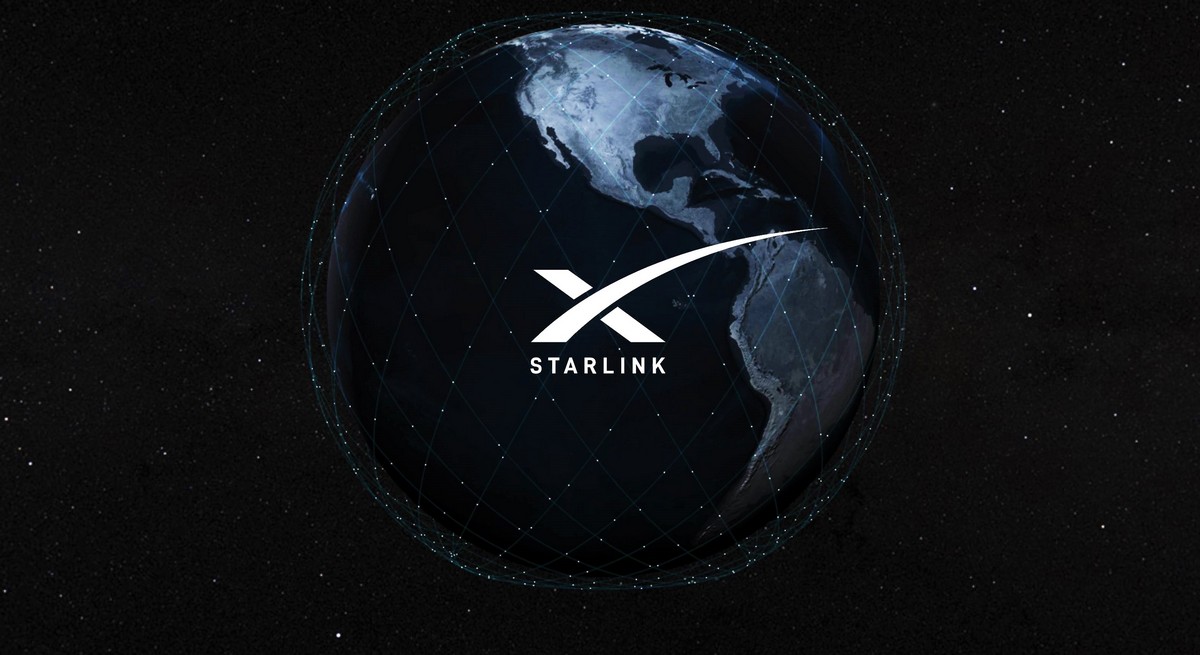In 2025, Pakistan stands at the threshold of a connectivity revolution as global satellite internet providers, including Starlink, actively seek to enter the market.
With promises of high-speed, low-latency internet for even the most remote corners of the country, this year could redefine how Pakistan accesses the digital world.
A New Era of Connectivity
Pakistan, a country with significant urban-rural internet disparities, faces challenges in delivering reliable broadband to its population.
Satellite internet solutions like Starlink are specifically designed to bridge this digital divide, providing fast, affordable, and accessible internet to underserved areas.
Starlink, a project by Elon Musk’s SpaceX, uses a constellation of Low Earth Orbit (LEO) satellites to deliver connectivity at competitive speeds rivaling traditional broadband.
Regulatory Challenges and Progress
Despite the excitement surrounding this new technology, the road to implementation has been complex. Pakistan’s regulatory landscape, governed by the Pakistan Space Activities Regulatory Board (PSARB) and the Pakistan Telecommunication Authority (PTA), has delayed approvals for satellite internet providers.
As of early 2025, Starlink and two other major global operators have submitted applications to PSARB, but the mandatory No Objection Certificate (NOC) is still pending.
These delays have stirred discussions about the need for streamlined regulatory processes to attract foreign investment and enable swift deployment of technology.
Starlink has demonstrated a strong commitment to the Pakistani market. The company registered with the Securities and Exchange Commission of Pakistan (SECP) and entered agreements with local stakeholders.
Meetings with top officials, including Minister of State for IT and Telecom, Shaza Fatima Khawaja, signal Starlink’s intent to align its services with national regulations and policy.
Transformative Potential for Pakistan
The introduction of satellite internet is poised to have a significant impact on Pakistan’s internet landscape. The country currently faces frequent connectivity issues due to its reliance on seven submarine cables, which supply around 8 terabytes of bandwidth. Outages in this infrastructure often result in slowdowns, negatively affecting productivity and digital services.
Satellite-based internet has the potential to:
- Provide seamless internet in remote areas lacking fiber-optic or broadband coverage.
- Support the growth of Pakistan’s burgeoning digital economy by facilitating e-commerce, e-learning, and digital healthcare initiatives.
- Improve connectivity for critical services, including disaster management and rural development.
With Pakistan’s rapid digital transformation and an increasing focus on technology-driven solutions, satellite internet could propel the nation into a new era of progress.
Looking Ahead: 2025 and Beyond
While regulatory barriers persist, efforts are underway to establish clear frameworks for satellite technology operators.
The government’s focus on updating satellite regulations, coupled with Starlink’s persistence, suggests that 2025 could be a milestone year for connectivity in Pakistan.
As Pakistan welcomes these advancements, the country edges closer to achieving digital inclusivity, economic growth, and technological progress.
The entry of Starlink and similar providers could mark the start of a new chapter in the nation’s connectivity journey, making 2025 truly the year of a connectivity revolution. For more Internet technologies-related information check the internetverizons.
